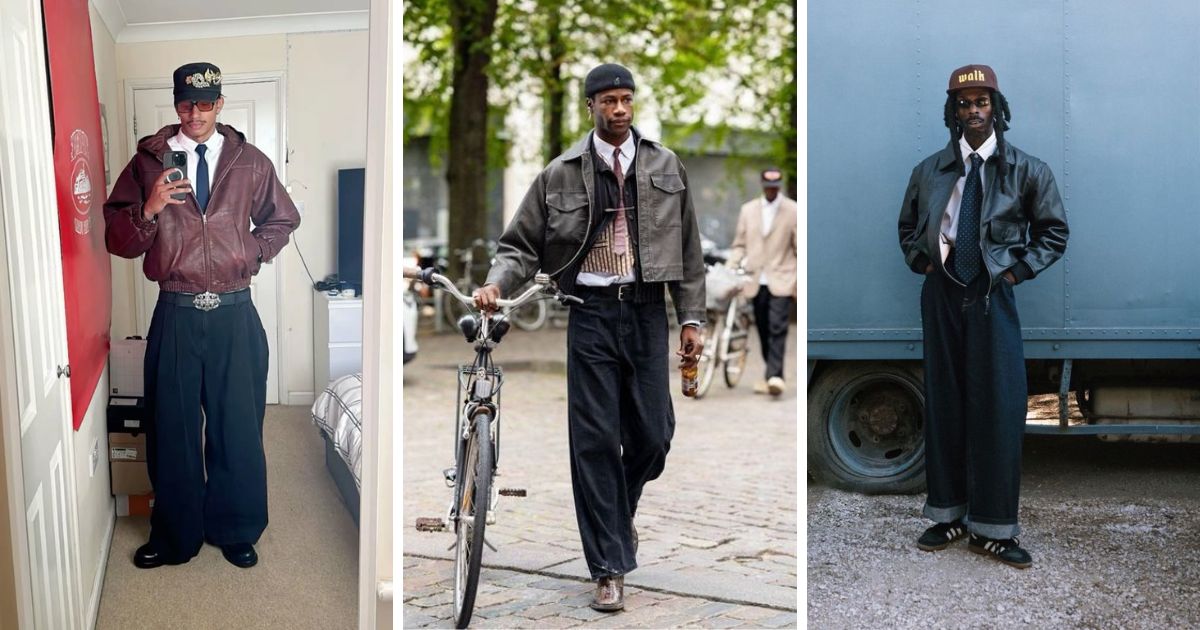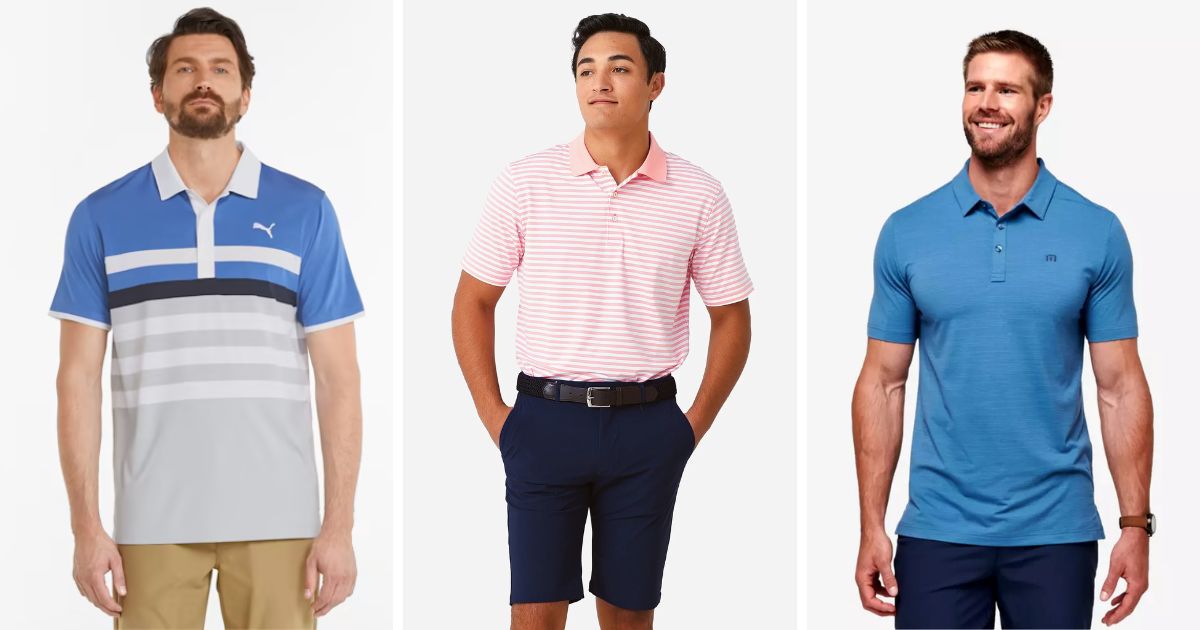Amid sweltering temperatures at this week's Travelers Championship in Cromwell, Connecticut, golf's top manufacturers and players are shedding light on how heat impacts the flight of golf balls.
Canadian star Taylor Pendrith showed off the carrying power warm air can provide during his opening round. The big-hitting pro smashed a drive 310 yards down the fairway on the par-5 seventh hole, benefitting from the 85-degree morning conditions.
"The golf ball's flight is notably longer in warmer air," explained Srixon VP Jeff Brunski. Hotter, less dense air creates less wind resistance on the ball, allowing for increased distance on drives and long shots.
Titleist tour consultant Fordie Pitts agreed that golf balls "get a little livelier, a little faster" in warm weather. Surprisingly, humidity can have a similar effect for the same scientific reason - moist air is also less dense.
While players may struggle more in hot and humid conditions, the ball is not negatively impacted. "The effects of humidity on the player is probably a bigger reason for a change in distance, but the humid air is less dense," said Pitts.
Some speculate hot weather leads to less ball spin off the clubface. However, Pitts explained that spin is created on impact by the golfer's swing. Faster swings enabled by warm air could even produce more revolutions.
“Spin is created at impact, and whatever the environment is around the guy to allow him to swing it faster, that can be the reason for more spin,” Pitts said.
Extreme heat over 150 degrees is the only scenario that could cause golf balls to physically change, and no course experiences such scorching temperatures, according to Pitts. Golfers can rest easy knowing the balls will perform as designed even in a heat wave.
“Think about it, if you leave golf balls in the trunk of your can for hours on a hot day, and it gets to something like 150 degrees in the car, we’re seen that golf balls can start to melt, but no one is playing in anything close to that.”
With highs approaching 100 at TPC River Highlands this week, players are taking advantage of the added carrying power provided by New England's summer-like conditions.
Hot vs. Cold Golf Balls | MyGolfSpy
Read more: Titleist Unveils Updated Golf Ball Lineup for 2024
Are there any golf balls designed specifically for hot weather conditions
Titleist Pro V1x Hot Weather Ball - This ball is designed to fly, feel, and spin more optimally in hot weather, according to Titleist. Its improved urethane cover material is designed to maintain performance and distance even as temperatures rise.

Callaway Chrome Soft X Hot Weather ball - As the name suggests, this ball is Callaway's recommendation for hot and humid weather. It has a dual-core design that is supposed to maintain its speed and distance even as the ball heats up outside. The cover is tough and resilient to withstand higher temperatures.

Srixon Z-Star XV ball - The "XV" stands for heat responsive visibility. Srixon says this ball has a cover designed to stay true in its flight characteristics, with consistent distance and little change to its trajectory, in hot summer conditions.
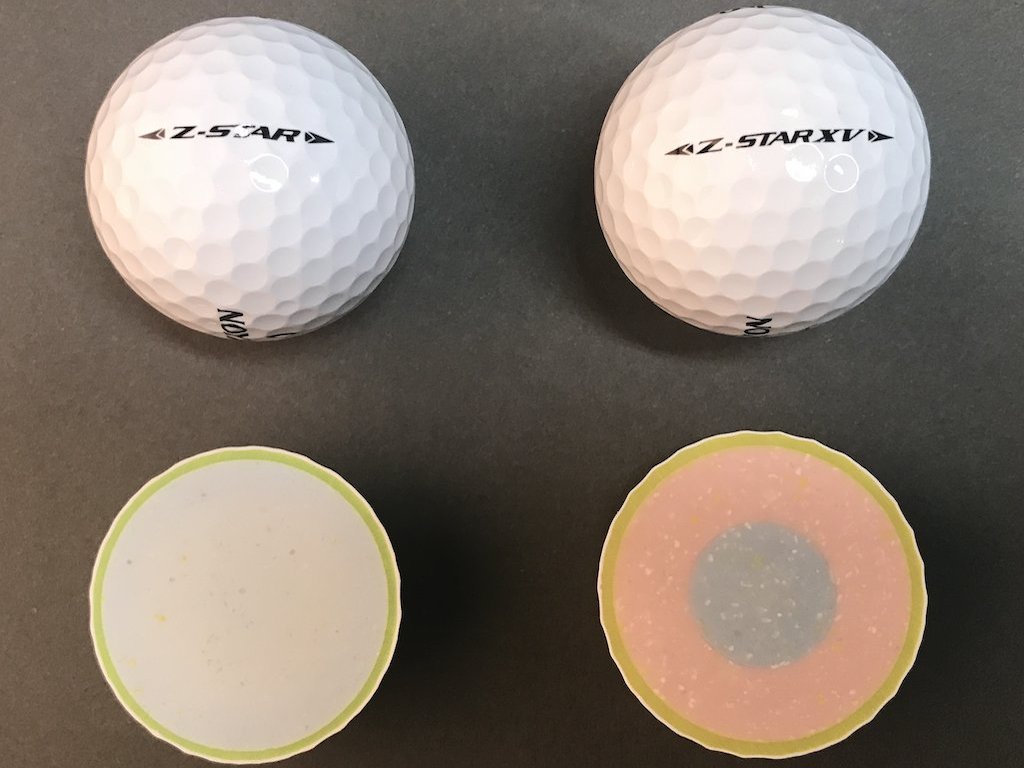
TaylorMade TP5/TP5x Hot Weather balls - Part of TaylorMade's flagship lines, these balls have Surlyn/ionomer blends in their construction to help prevent softening and melting in high heat. The covers are formulated for durability when temperatures soar.

References: https://golfweek.usatoday.com/2024/06/20/golf-equipment-hot-weather-temperature-golf-balls/
Find more Golf Brands you would like:
|
|

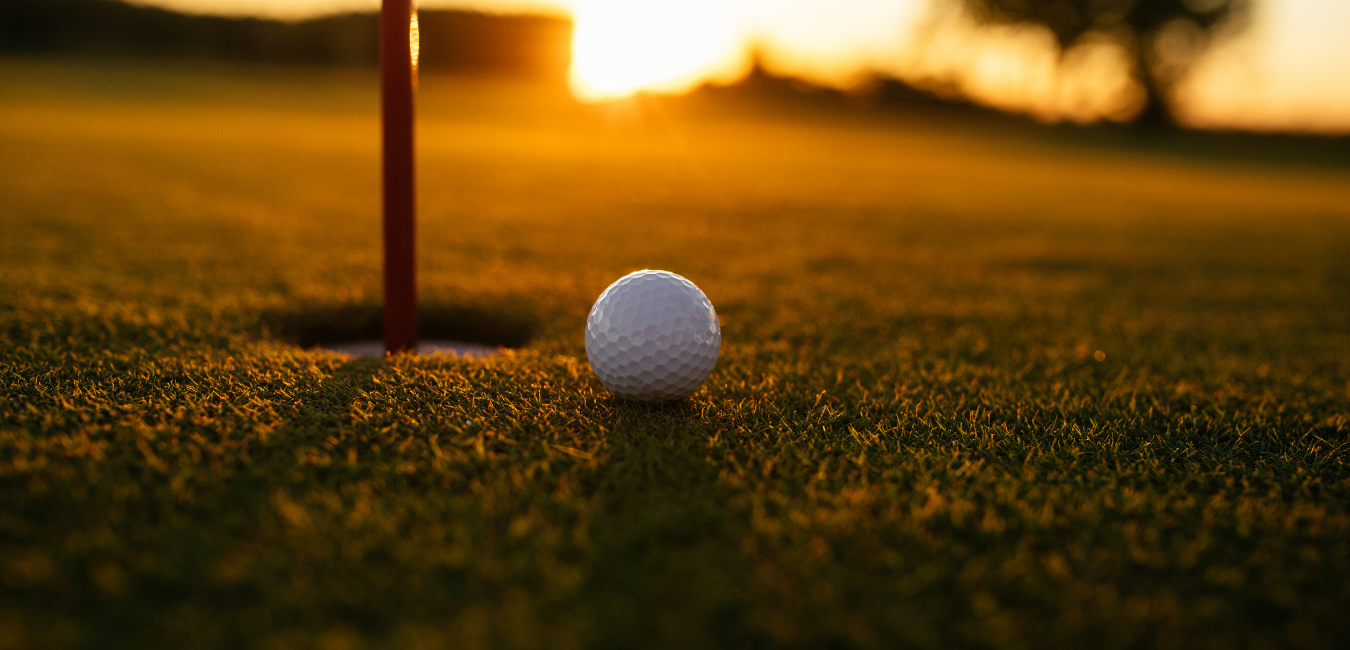



.jpg)
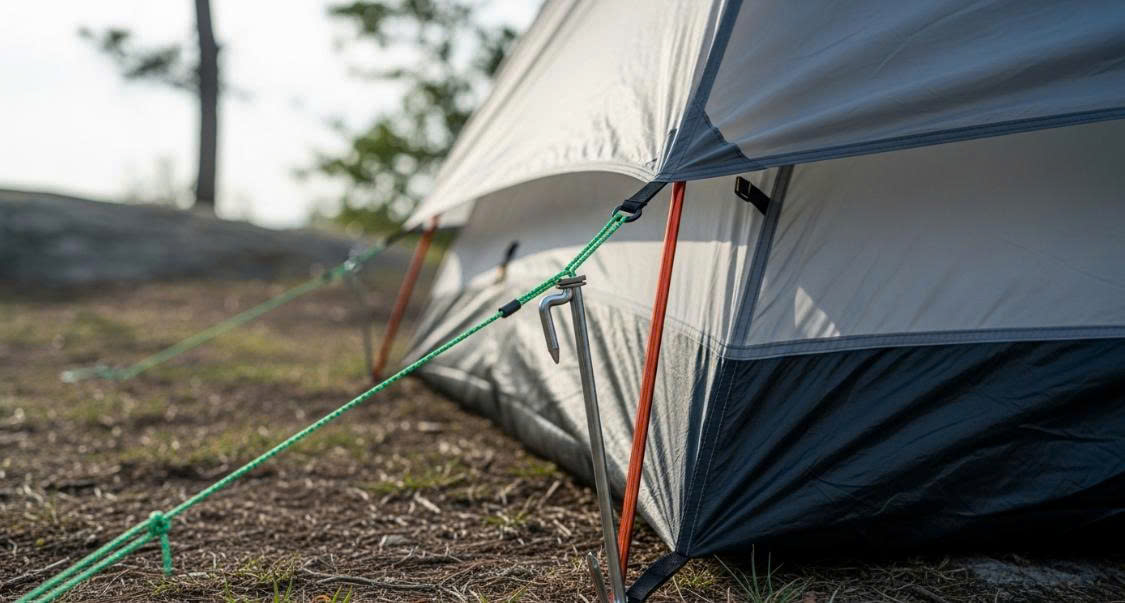
.jpg)




